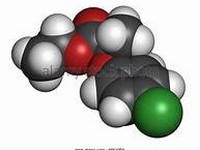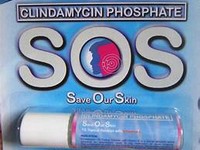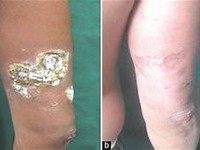Teicoplanin

CLINICAL USE
Antibacterial agent
DOSE IN NORMAL RENAL FUNCTION
Loading dose: 400 mg every 12 hours for 3 doses, thenIM/IV: 200–400 mg daily, or 3–6 mg/kg/day (up to 10 mg/kg/day in some reports) in life threatening infections
PHARMACOKINETICS
Molecular weight :1875–1891 %Protein binding :90–95 %Excreted unchanged in urine : >97 Volume of distribution (L/kg) :0.94–1.4half-life – normal/ESRD (hrs) :150/62–230 DOSE IN RENAL IMPAIRMENT
GFR (mL/MIN)
20 to 50 : Give normal loading dose, then dose as in normal renal function 10 to 20 : Give normal loading dose, then 200–400 mg every 24–48 hours <10 : Give normal loading dose, then 200–400 mg every 48–72 hours DOSE IN PATIENTS UNDERGOING RENAL REPLACEMENT THERAPIES
CAPD :Not dialysed. Dose as in GFR <10 mL/min HD :Not dialysed. Dose as in GFR <10 mL/minHDF/high flux :Dialysed.1 Dose as in GFR <10 mL/minCAV/VVHD :Unknown dialysability. Dose as in GFR 10 to 20 mL/min IMPORTANT DRUG INTERACTIONS
Potentially hazardous interactions with other drugsNone known ADMINISTRATION
Reconstition
Use water for injection provided Route
IV, IM Rate of Administration
IV bolus: 2–3 minutes; IV infusion
: 30 minutesComments
USE IN CAPD : Give 400 mg IV stat dose, then 20 mg/L/ bag IP for 7 days, then 20 mg/L/alternate-bag for 7 days, then 20 mg/L/night-bag only for 7 days OTHER INFORMATION
TDM optimises therapy, but not essential. Troughs not less than 10 mg/L. Peaks 1 hour after: 20 to 50 : mg/LRelationship between blood level and toxicity not establishedLong-term concurrent use of gentamicin and teicoplanin causes additive ototoxicity
See how to identify renal failure stages according to GFR calculation
See how to diagnose irreversible renal disease
Home









